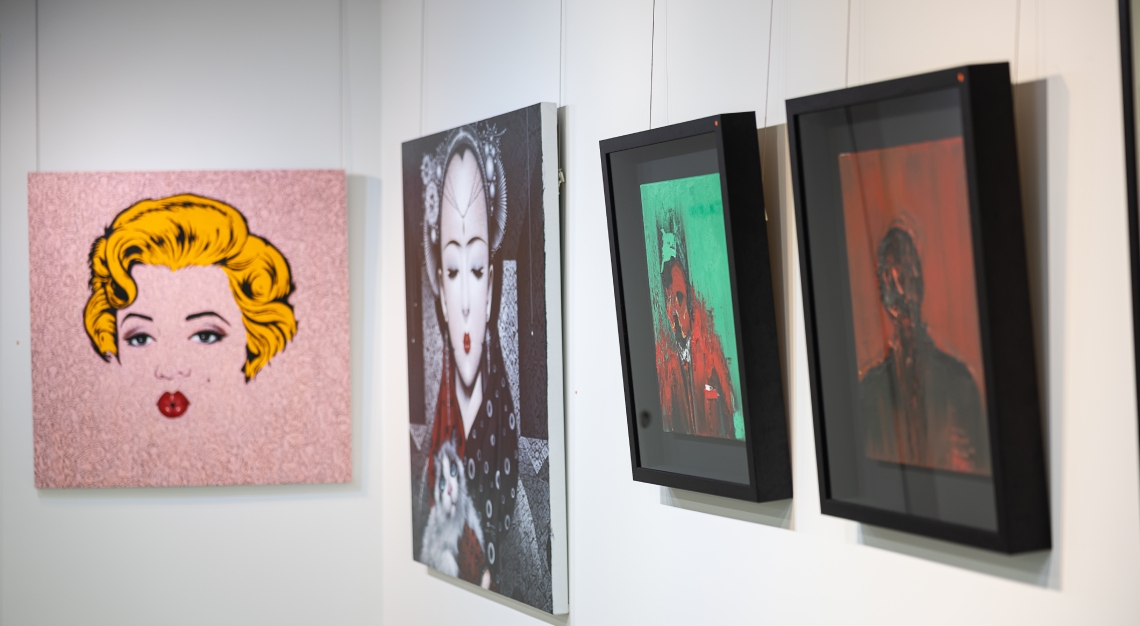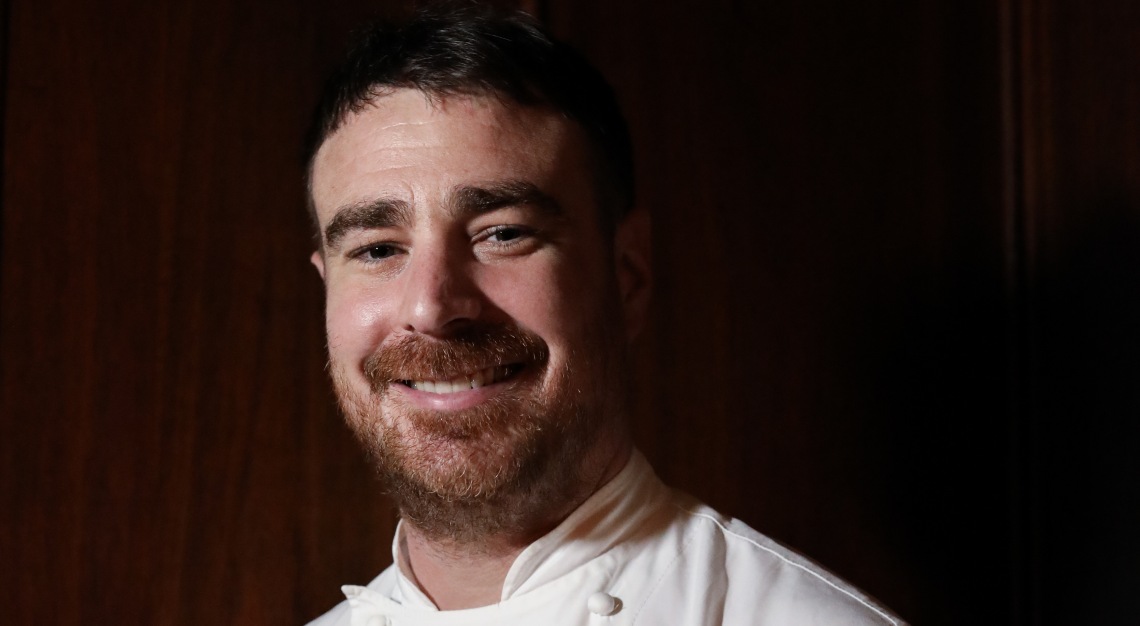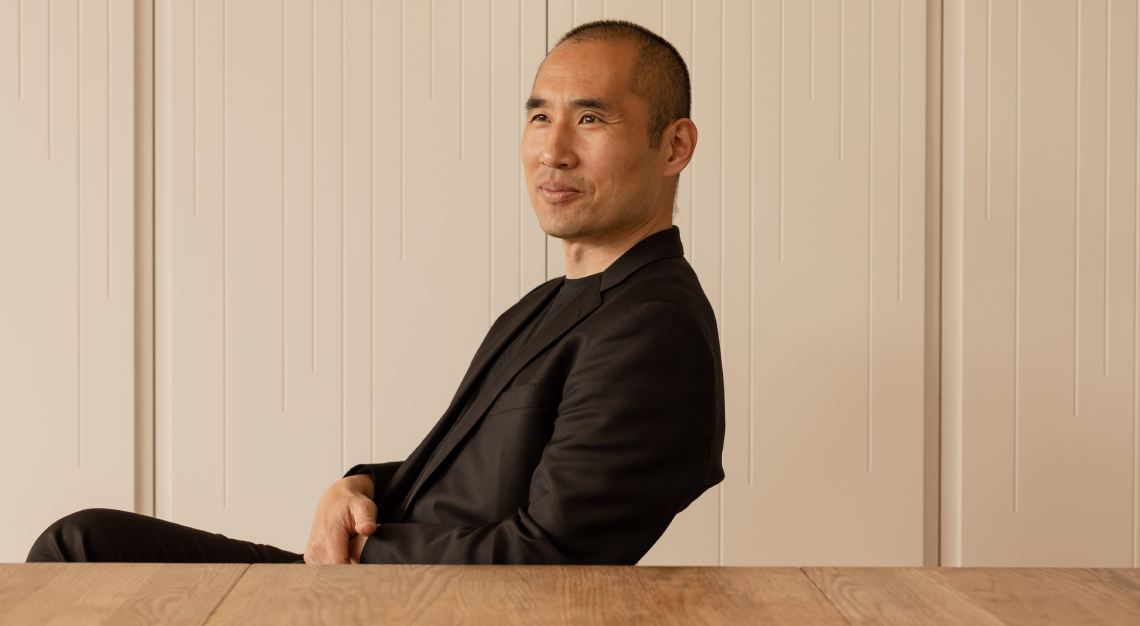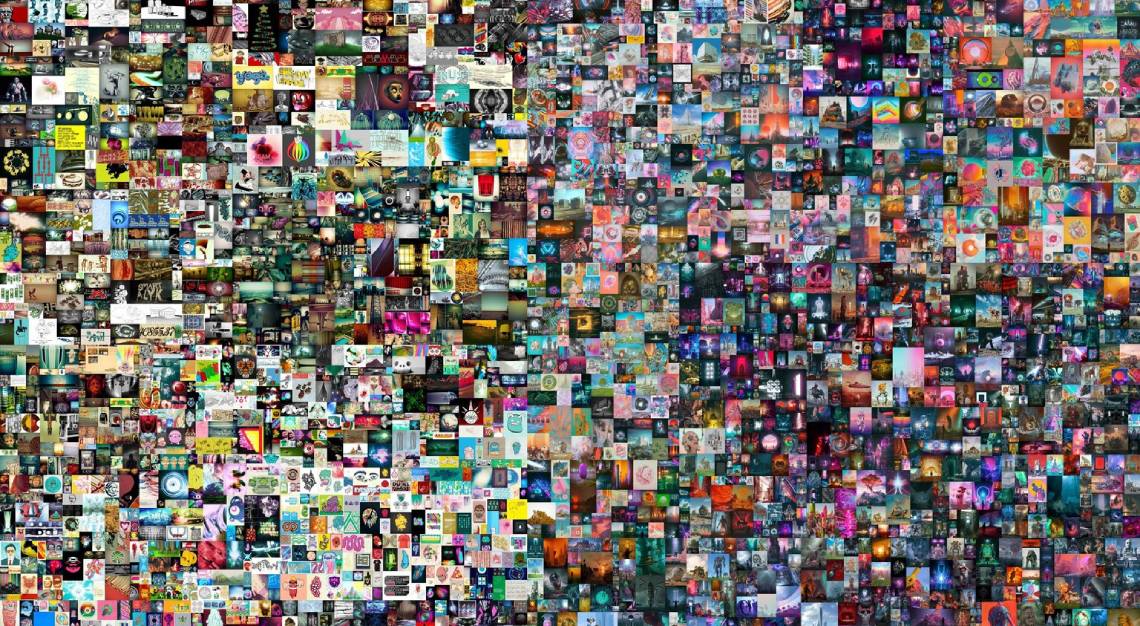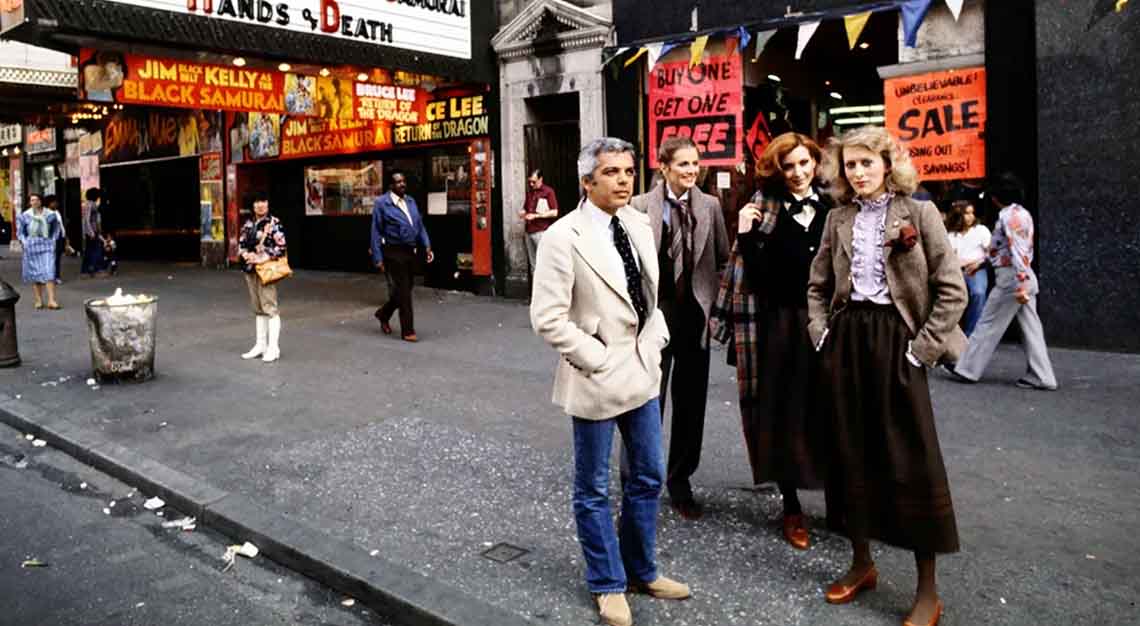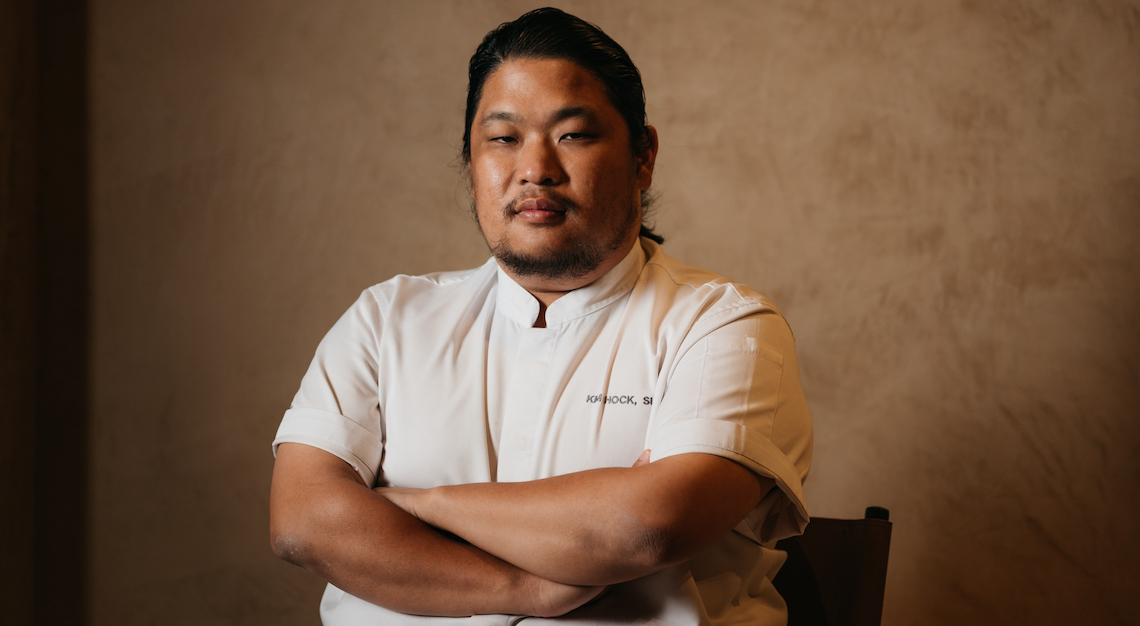Nao Yazawa has been in the business for over 30 years. Here, she talks more about the Nakano Broadway, the mega manga dealer Mandarake, and more
Nao Yazawa never thought she would become a manga artist.
“When I was young, I never thought I would become a manga artist,” says Yazawa. “Even if I worked some decent job, teaching art or whatever, I’m pretty sure I would have kept drawing manga. Always.”
We’re chatting with manga artist and teacher Nao Yazawa in one of the classrooms at Manga School Nakano International. Born in Tokyo, Yazawa’s career blossomed from childhood dreams to span more than 30 years. She is perhaps best known for Wedding Peach, a shōjo manga (lit. “girls’ comics”) that was also successfully adapted into an anime series; other notable publications include Nozomi, Mizuki, Moon and Blood, and the post-apocalyptic doujinshi Shinku-Chitai (The Isolated Zone).
Beyond working on manga and semi-regularly producing doujinshi, she’s been teaching at Manga School Nakano International since 2013. What’s unusual about Yazawa is that she teaches almost exclusively in English to non-Japanese students; her English-language skills alongside her career make her the ideal ambassador for communicating the charms of manga to international visitors in Tokyo.
We met with the soft-spoken manga artist in Nakano to explore this manga and subculture mecca in Tokyo with her.
Residential subculture heaven
Located five minutes west of Shinjuku by train, Nakano looks like one of dozens of fairly unremarkable Tokyo neighbourhoods at first glance—low-key, even a little funky, with dozens of restaurants, bars, and shops populated mostly by locals. The streets east of the Sun Mall shopping arcade in particular are packed with culinary gems: think French-inspired oyster ramen, mouth-scorching tantanmen noodles, fine fusion pizza in sleek minimalist bars.
But this is precisely the point. It’s a quintessentially everyday part of Tokyo, the sort you might find as a backdrop in all kinds of fictional slice-of-life manga settings. As with their Japanese counterparts, many consumers in Asia have had their childhoods shaped by manga in the last few decades. Given that manga was the initial lens through which many Asian travellers discovered Tokyo, for these consumers who have come of age, visiting a neighbourhood like Nakano is like stepping into the pages of their childhood dreams.
Manga School Nakano International
Although manga and anime have become increasingly popular on a global scale, the majority of manga is still produced primarily by Japanese artists for a Japanese-speaking audience. Non-Japanese consumers of manga tend to be a secondary consideration for the industry—never mind those who wish to learn how to produce it.
Enter Manga School Nakano International, ideally situated a few minutes walk from Nakano Broadway. First opened in 2011, the school initially catered to hobbyists who would attend classes after school or work, later expanding to take on full-time students who wanted to break into the industry. In 2013, after Yazawa joined, they began offering lessons in English to tourists who wanted more manga-oriented experiences during their travels in Tokyo.

Since 2015, the school has seen a noticeable increase in demand for the two-hour English-language sessions, interrupted only by the COVID-19 pandemic. Tour companies and tourism agencies have been especially interested in sending their clients to the school for a “manga experience.”
Many visitors tend to be one-time participants, but some become repeat students. It’s also gratifying for her to see them posting their work on social media, and tagging the manga school. But if someone is serious about getting better, says Yazawa, practice is crucial. Very simply, it’s about input and output. “There are no shortcuts to creativity and originality.”
Nakano Broadway
Located at the end of the Sun Mall shopping arcade, multi-storey mall Nakano Broadway has long been a favourite with local collectors. For example, there’s Miyoshiya, the secondhand kimono emporium which stocks thousands of beautiful silk pieces; and Jackroad and Betty, where you can shop for vintage Patek Philippe watches. You’ll see locals doing their grocery shopping in the basement, or teenagers finishing Daily Chico’s eight-tiered multi-flavoured soft-serve ice cream in record time.
These days, Nakano Broadway is most known for its numerous shops stocking all manner of manga and anime-related paraphernalia, making it a favourite otaku destination. It’s the sort of place you might find someone like Yazawa, perhaps browsing secondhand manga or vintage film cels, or shopping for retro plastic figurines.
Yazawa observes that the five-floor shopping mall used to be a “darker” place catering primarily to serious otaku, and less “comfortable” for those uninterested in manga or otaku culture.

These days, the term “otaku” has shed much of its previous stigma, and it’s no longer uncommon to see people from all backgrounds proudly claiming the word for themselves. Indeed, the rise in demand for her manga-drawing lessons seems to have nicely mirrored Nakano Broadway’s increasing popularity with tourists to Japan.
Mandarake mainstays
On a stroll around Nakano Broadway with Yazawa, we stop by several spots beloved by manga fans. Mega manga dealer Mandarake—which first began life as a humble secondhand manga bookstores—has around 30 shops in the building, all specialising in particular aspects of manga culture, books, and merchandise.
If you make time for just one bookstore, make it Mandarake Honten, which specialises in newer manga releases. Even if you can’t read Japanese, it’s instantly recognisable by the riotous jumble of handcrafted characters, objects, and figures above the entrance to the store. Customers seeking the latest and greatest Japanese comics need only browse the shelves to see the most recent works taking the manga world by storm.

Those looking for stuff of a rarer ilk tend to gravitate towards Mania-kan on the fourth floor, for vintage or limited-edition manga and magazines, reference doujinshi, vinyl records, and more in mint condition. It’s not inconceivable to think that visitors to this shop could stumble upon a life-changing book of some kind: After all, it was a chance encounter with an instructional manga art book—Introduction to Manga Artists 2 by Shotaro Ishinomori, the manga artist behind the Kamen Rider Series, an iconic Japanese superhero media franchise—that changed the course of Yazawa’s life, setting her on the path to her lifelong career.

The most striking Mandarake store, however, may be Hen-ya—perhaps best translated as “Another World.” Located on the fourth floor, it primarily sells highly-coveted vintage toys and retro figurines often sought after by manga-loving foreign collectors and enthusiasts at appropriately exciting prices. With its multiple torii gates at the entrance and bass-heavy atmospheric music, the slightly sequestered location on the fourth floor hasn’t prevented it from becoming a beloved destination of sorts for locals. (And it’s a great photo op, too.)
Exploring Nakano and its manga hotspots with Yazawa, it’s clear that the neighbourhood’s lively, laidback and unpretentious vibes have allowed subcultures to thrive here, and create a welcoming environment for people beyond the most serious manga geeks. And why not? Out of the thousands of visitors who come to Tokyo to live out their manga-fuelled dreams, someone out there may just be the next Nao Yazawa in the making.
Sponsored by Tokyo Convention & Visitors Bureau, the organisation behind Tokyo’s official luxury travel guide, TOKYO Timeless Temptations

